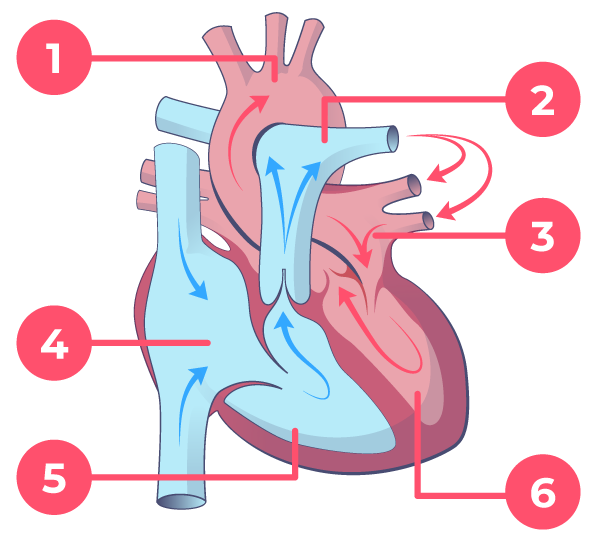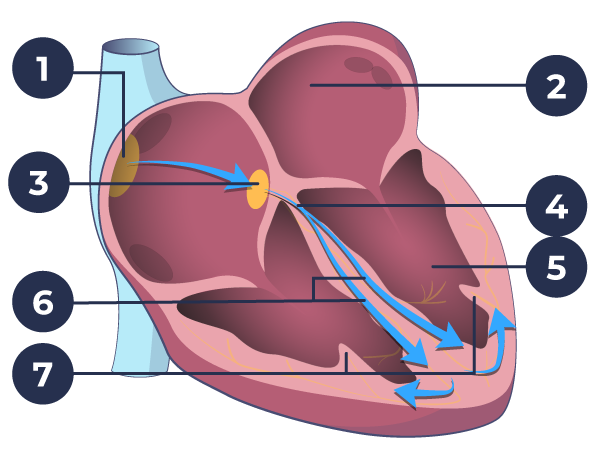Kære Peter Steen
Tak for en grundig forklaring på de forskellige hjertesygdomme.
Jeg kan matche det, jeg føler, med hjerteflimmer (Paroxysmal fibrillation), og jeg har et par spørgsmål.
For ca. 5 1/2 år siden gik jeg ned med arbejdsrelateret stress, hvor jeg, ud over mange andre fysiske og psykiske symptomer, også fik hjerteflimmer. Jeg vidste bare ikke, hvad jeg skulle kalde det, men jeg havde “anfald” adskillige gange om dagen i form af et hurtigt “vibrerende” hjerte. Det føles meget ubehageligt, tenderende til smerte. I dag 5 1/2 år senere, er anfaldende ikke så hyppige, måske 1-2 gange om måneden, men de er lige så ubehagelige.
Jeg har forsøgt at tale med min læge om det, men han slog det hen; han kan tilsyneladende forholde sig lige så lidt til det, som min øvrige omgangskreds.
Da jeg ikke vidste, hvad jeg skulle kalde det, og fordi min læge ikke tog det alvorligt, og anfaldene blev sjældnere, har jeg selv tænkt, at det måske ikke var noget alvorligt.
Grunden til, at jeg nu undersøger det igen, er, at jeg fået taget en gentest, der siger, at jeg har 10% risiko for at få hjerteflimmer (så nu fik jeg sat ord på mit “vibrerende” hjerte), og at det er noget, som man SKAL tage alvorligt.
Jeg synes ikke, at jeg har yderligere symptomer, ud over måske træthed, og “glemsomhed”(?) Jeg ved ikke, om min puls er højere under og efter anfaldene, men mig bekendt har jeg ellers normal puls.
Mit spørgsmål er, om det er noget, jeg bør få undersøgt nærmere, og i så fald, hvor jeg skal henvende mig?
Jeg er i øvrigt blevet anbefalet at anskaffe mig en “heartmath” (af andre årsager). Er det et produkt, som du er bekendt med, og vil det evt. kunne måle/påvise mit hjerteflimmer? Det går jeg umiddelbart ud fra, at det kan, men hvis jeg møder op hos en læge med et “heartmath” udskrift (eller hvad man nu kalder det), der påviser “hjerteflimren”, er det så noget, en læge som du vil tage alvorligt?
På forhånd tak for svar.
Mvh Susanna

